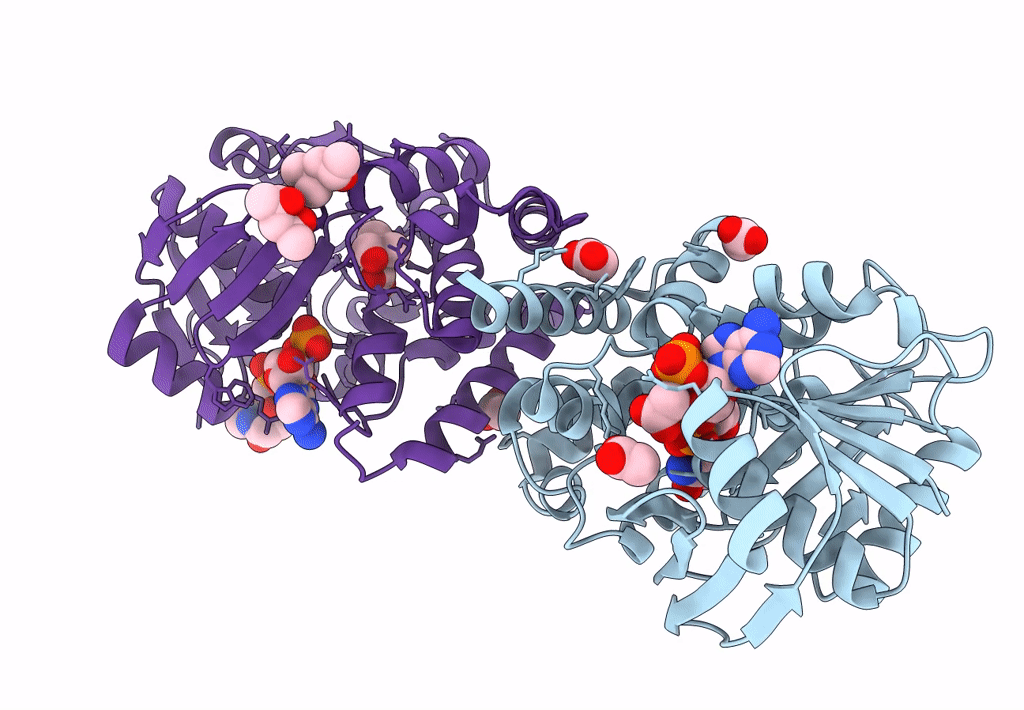
Deposition Date
2015-09-08
Release Date
2016-01-27
Last Version Date
2024-10-30
Entry Detail
PDB ID:
5AYV
Keywords:
Title:
Crystal structure of archaeal ketopantoate reductase complexed with coenzyme A and 2-oxopantoate
Biological Source:
Source Organism:
Thermococcus kodakarensis KOD1 (Taxon ID: 69014)
Host Organism:
Method Details:
Experimental Method:
Resolution:
1.65 Å
R-Value Free:
0.18
R-Value Work:
0.16
R-Value Observed:
0.16
Space Group:
P 21 21 21


